Why Did My Google Search Console Impressions Drop Suddenly (Num 100 Update)
Last Updated: October 5, 2025
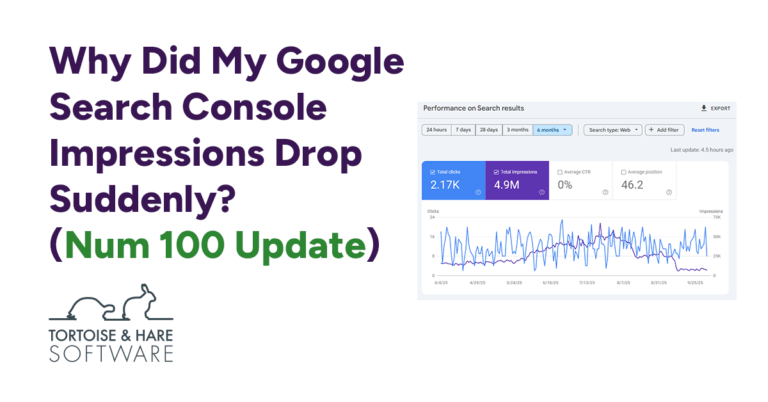
If you opened Google Search Console in August 2025 and saw your impression count nosedive, you’re not alone. SEO professionals across industries noticed the same pattern: a sharp, unexplained drop in impressions. Panic spread quickly, but the real cause wasn’t a rankings crash, an algorithm update, or a technical bug.
It was a strategic move by Google. In a quiet but impactful change, Google retired the num=100 parameter, a tool long used by SEO platforms to query and analyze the top 100 results of a search. The result was fewer impressions showing up in reporting tools, and a lot of confusion about what it actually means.
In this post, we’ll break down what the num=100 parameter was, why Google dropped it, how that impacted impression data, and why this change is part of a much bigger battle that is reshaping the future of search.
What Was num=100 and Why Did It Matter?
The num=100 search parameter allowed third-party tools to request up to 100 results from a Google query in a single page load. It was a behind-the-scenes feature, invisible to most users, but crucial for SEO platforms like SEMrush, Ahrefs, and others. These tools relied on it to simulate deeper search visibility, tracking not just top 10 or 20 positions, but results all the way down to 100.
This data fed into impression estimates, visibility scores, and ranking reports. For anyone doing keyword tracking, rank monitoring, or competitive research, num=100 was foundational.
But in August 2025, Google removed support for this parameter. Requests with num=100 stopped returning extended result sets. Scraping tools could no longer see or simulate deep result pages. And impression counts tied to those simulated results dropped off dramatically.
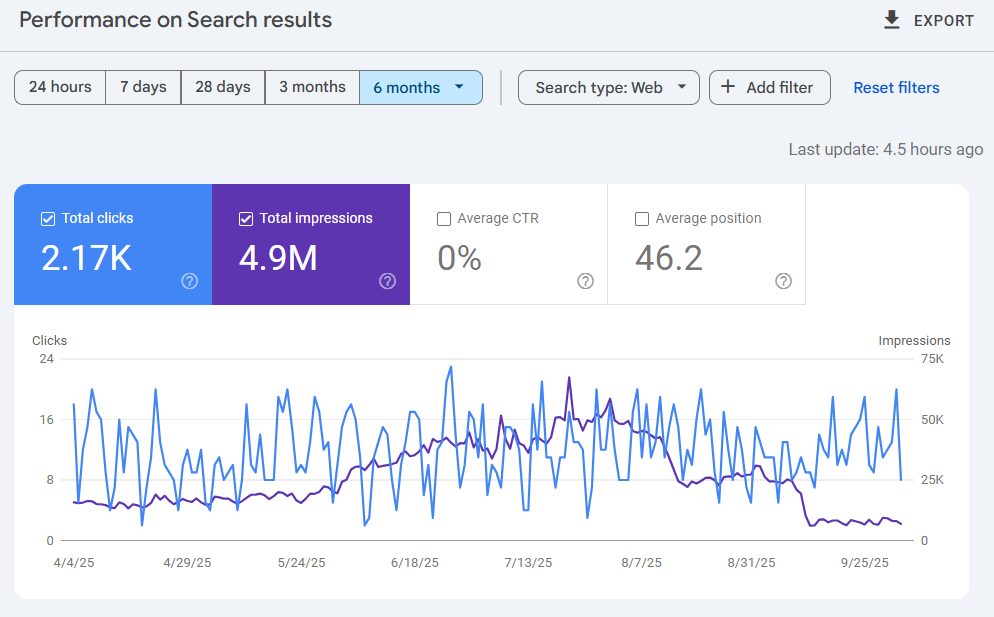
Why Google Shut It Down: The AI Arms Race
This wasn’t just about SEO tools. It was about artificial intelligence.
Google has become increasingly concerned about other companies scraping its search results to train competing large language models and AI systems. These models rely on massive datasets to generate responses that often compete directly with Google’s own AI-driven search features.
By removing num=100, Google cut off one of the most structured and scalable ways to scrape large volumes of search results. This was a defensive move meant to limit data access and protect Google’s search product from being mined to fuel competitive AI models.
In short, Google changed the rules of the game as part of a larger battle to control the future of search and maintain visibility leadership in an AI-powered internet.
What This Means for Your Search Console Data
If your impression counts dropped suddenly, here is what likely happened:
- Your SEO tools were using
num=100to simulate and track visibility far beyond the first page of results - Those simulated impressions inflated what looked like broad visibility in search
- When Google removed the ability to access those deeper results, the tools stopped counting them and your impressions declined
This doesn’t mean your rankings fell or your visibility to actual users declined. It means your reporting tools lost access to some of the data that had previously painted an inflated picture of your search footprint.
Understanding the Scale of Artificial Impressions In GSC
To understand why impressions fell so dramatically, it helps to look at how keyword tracking tools actually work.
Imagine the keyword “IT company near me.” Dozens—possibly hundreds—of businesses across the country track this term in their SEO dashboards. Every time one of those tools checks rankings, it queries Google and loads a search results page. If your business appears anywhere in the top 100 results, that tool logs an impression for your site, and that impression often gets reported in your Google Search Console.
Multiply that by thousands of tracked keywords across multiple platforms, and you start to see how the numbers inflate. These aren’t real users searching for services. They’re bots and automated crawlers polling Google to gather data. And while “keyword trackers” are the most visible examples, they’re not the only ones. Many software products crawl search results for everything from pricing analysis to content benchmarking.
The impression counts tied to these automated activities gave the illusion of broader visibility than actually existed with human users. When Google removed num=100, the automated tools lost access to the deeper result pages they depended on, and your impression numbers dropped to reflect only the remaining visible surface layer.
For Tortoise and Hare Software Clients
If you’re a client of Tortoise and Hare Software, you may notice a decline in your search impressions when reviewing your Google Search Console data, especially in trailing twelve-month views. This is not a cause for concern.
Your site has not been penalized. There is no loss in actual rankings or real visibility. What changed was the way impression data is collected and reported due to the num=100 parameter being removed.
We are continuing to monitor this shift, and your reporting will be updated accordingly to reflect this change. Expect your historical impression charts to show a visible drop beginning in August 2025, even though your actual performance remains stable.
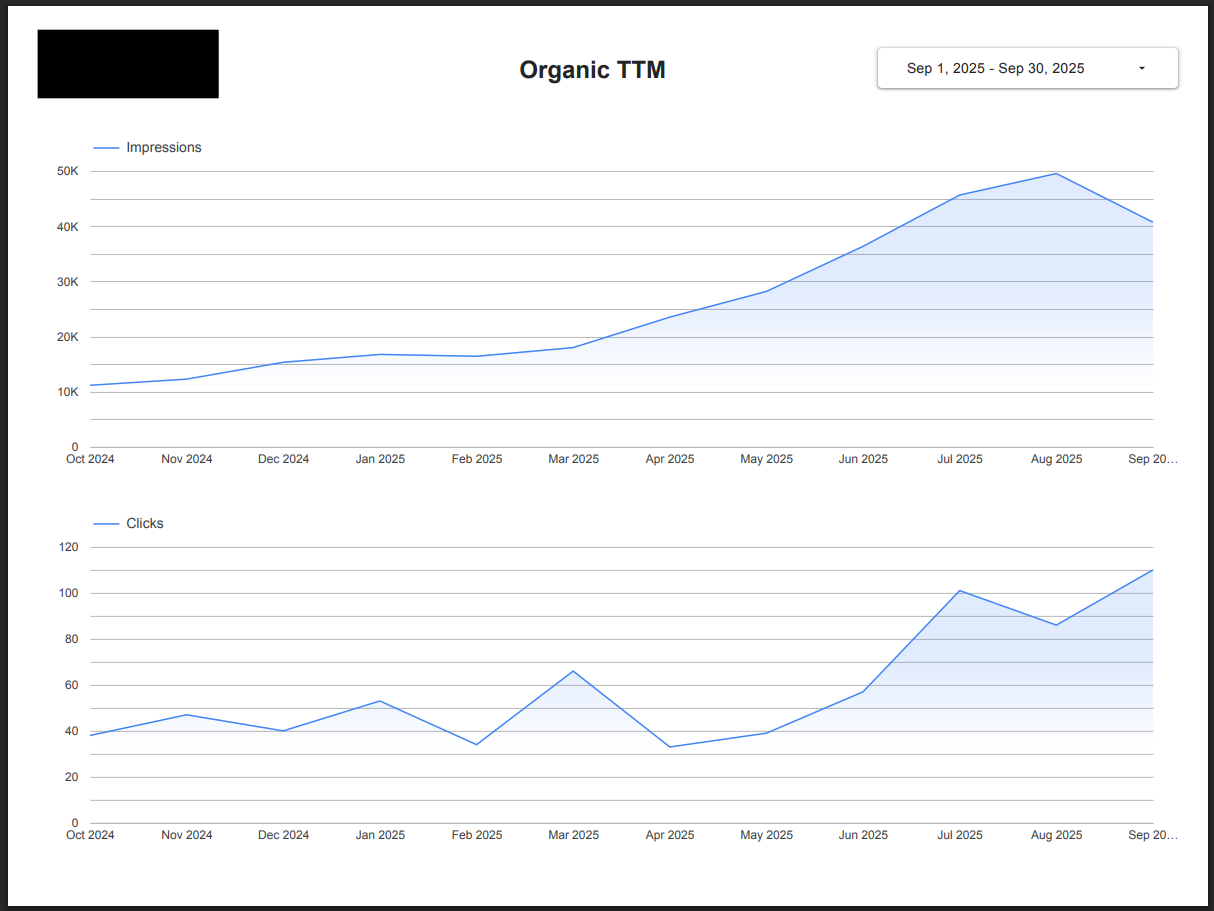
What You Should Focus on Now
This is a good time to refocus on metrics that matter. Visibility deep in the results was never a meaningful source of traffic, and the AI shift is pushing SEO toward more meaningful user intent and content quality.
Moving forward, prioritize:
- Earning and maintaining page-one rankings for high-value, relevant keywords
- Creating content that directly answers the intent behind your target audience’s searches
- Building a strong brand presence that is recognized by both users and AI systems generating search summaries
The SEO landscape is evolving quickly, and adapting to these shifts is what will separate the winners from the rest.
Conclusion
The impression drop seen in August 2025 was not a penalty or a sign of poor performance. It was a structural change in how data is accessed and reported due to Google’s removal of the num=100 parameter. This decision was part of a broader effort to restrict data scraping and defend Google’s position in the AI search ecosystem.
If your reports show fewer impressions, do not panic. Use this moment to double down on long-term strategy, user intent, and content performance. The future of SEO will be less about tool-generated numbers and more about building visibility where it truly matters.
Need help navigating these changes or updating your SEO strategy? Reach out. We’re here to help.

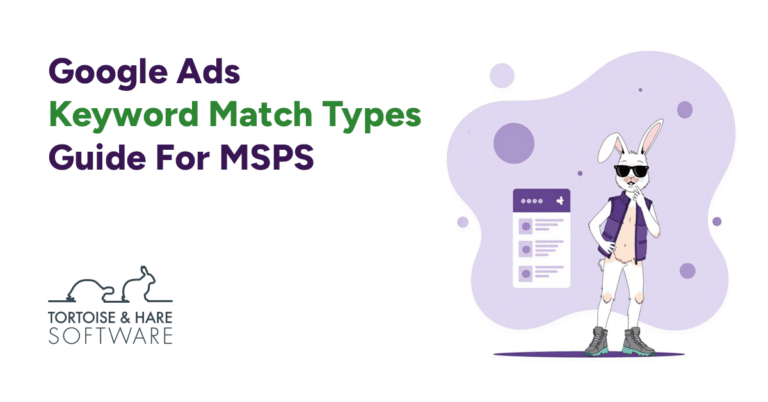
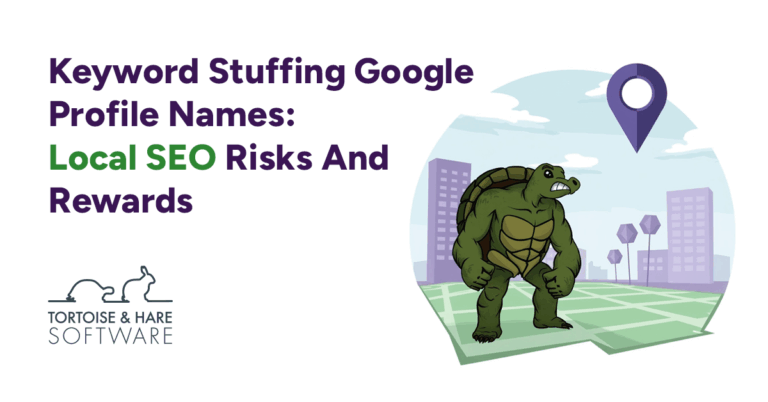
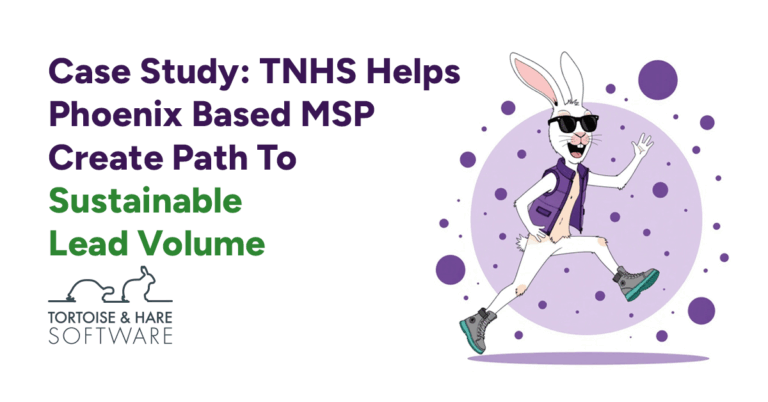
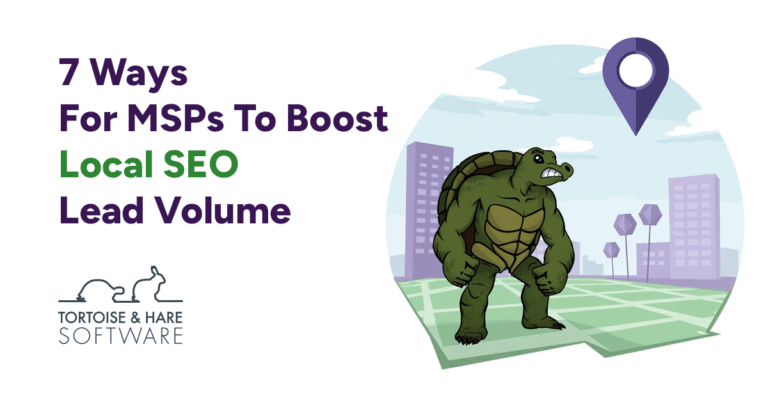
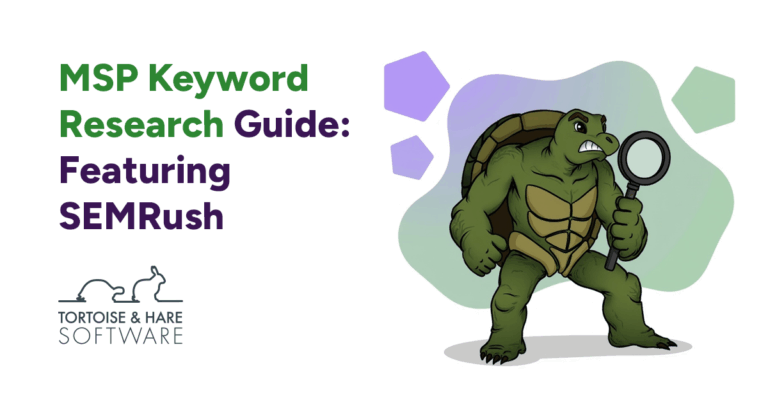


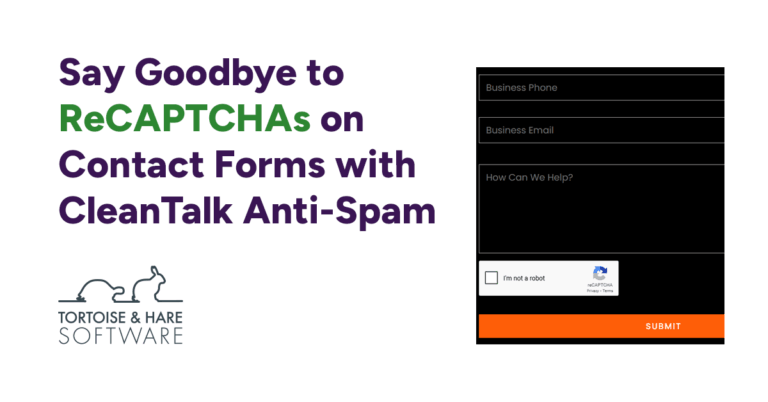

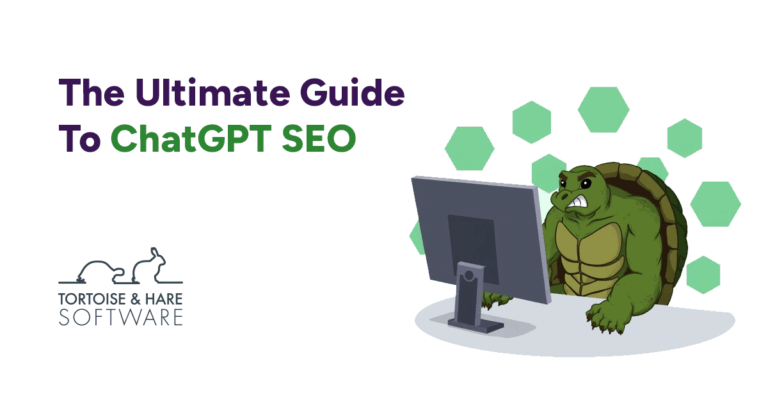
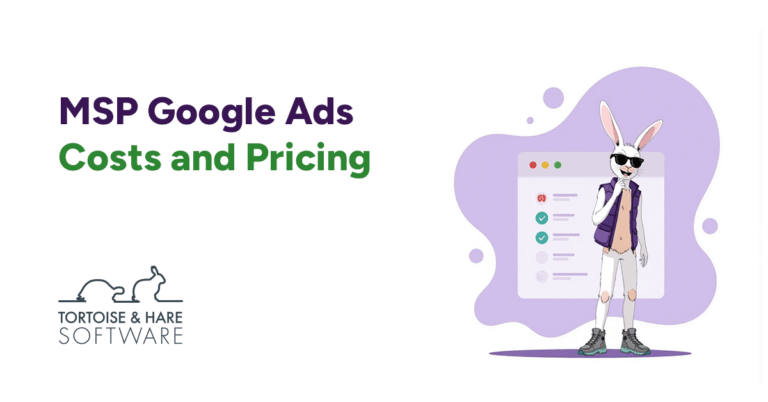


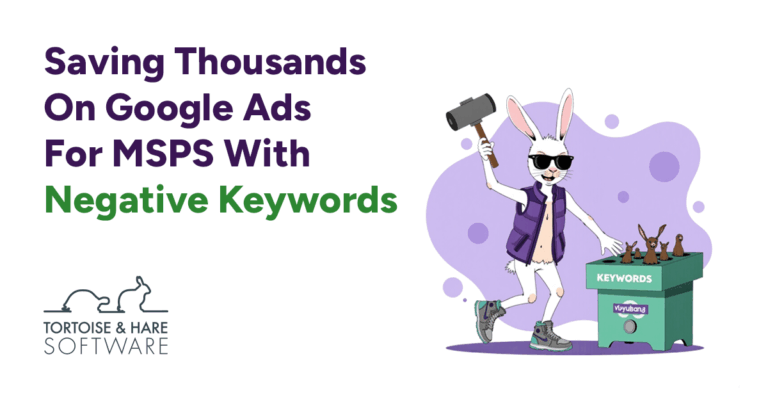

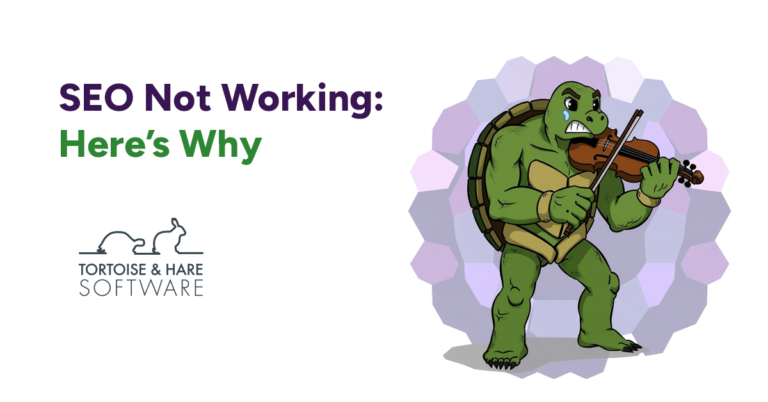


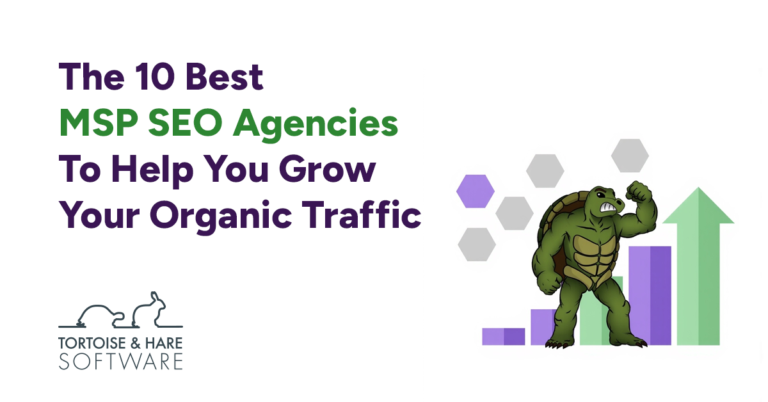

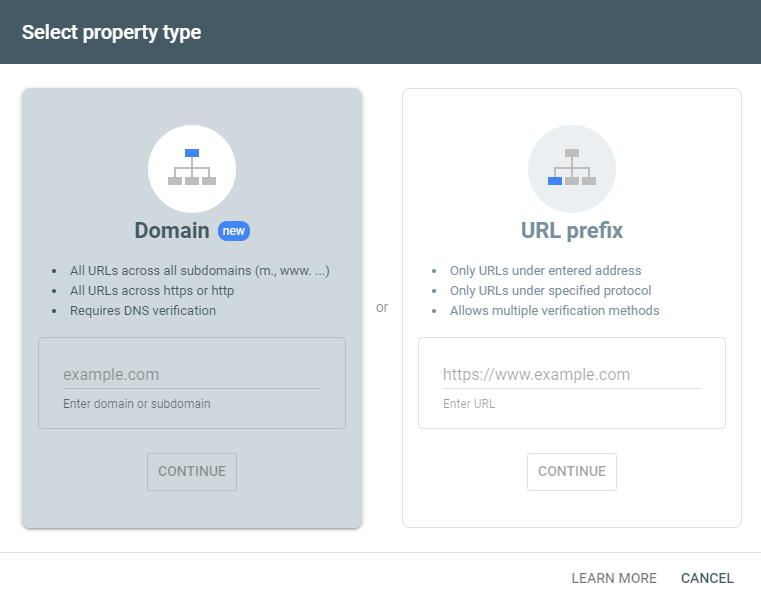






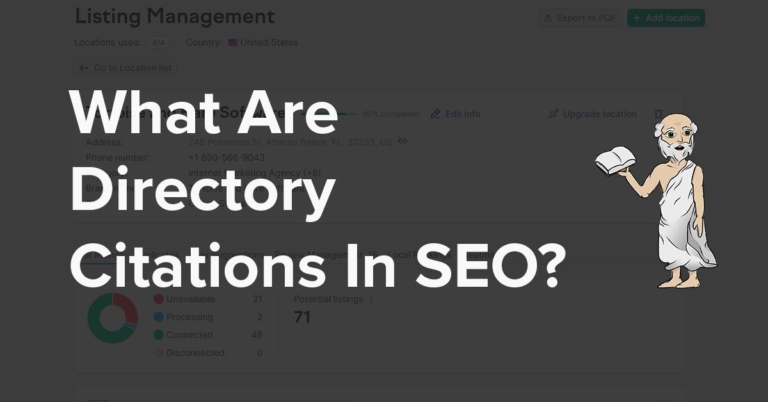
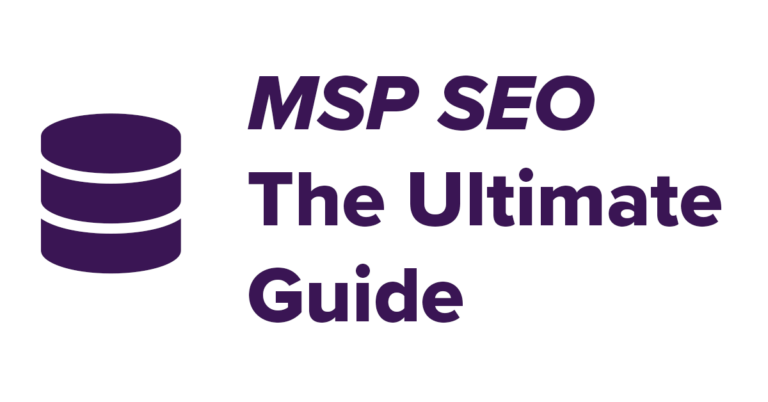

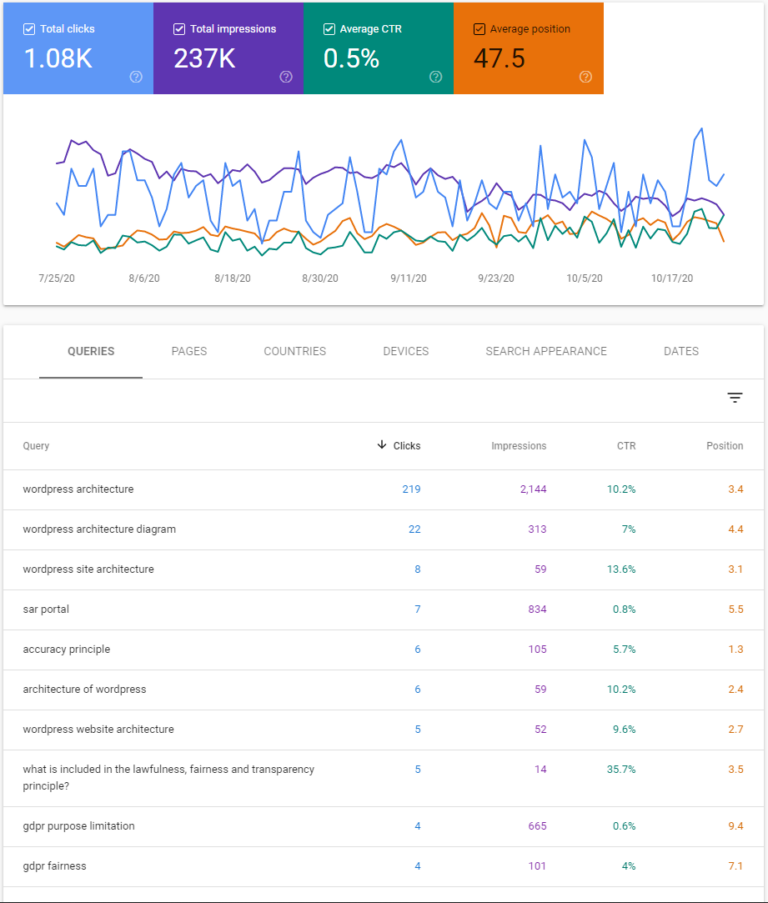

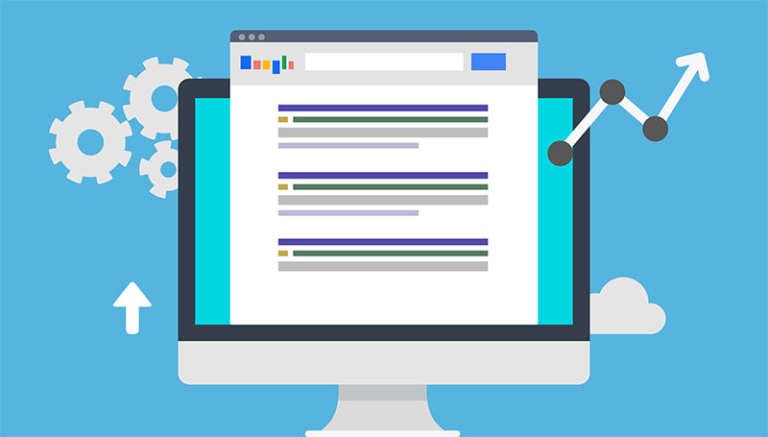


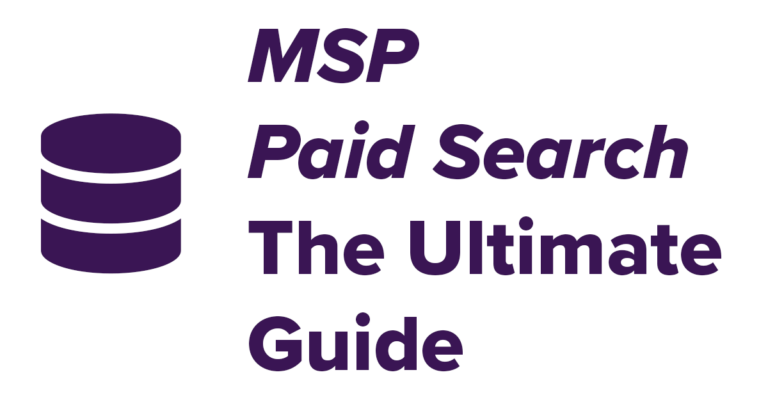


Leave a Comment